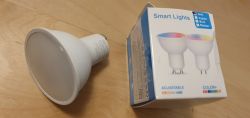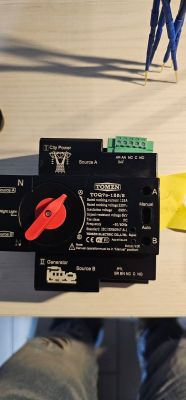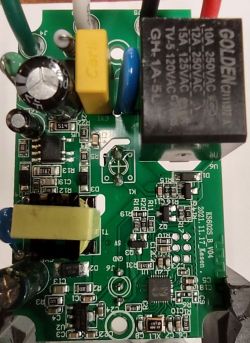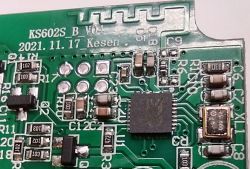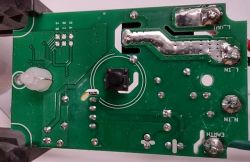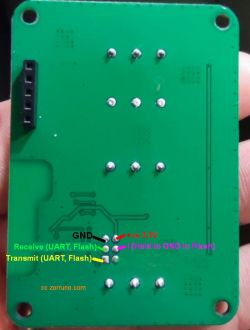I have flashed numerous Kuled smart switches with Tasmota and they work great and are very inexpensive. The latest two I got no longer have the same header holes for flashing or the ESP chip that I am familiar with. After disassembly they have a BK7231N chip soldered directly to the main board and they have a different hole layout presumably for flashing. I will attempt to attach an image.
I am using Windows, I have a USB to serial 3.3 Volt adapter and have downloaded OpenBK7231T_App and hid_download_py. I also have Python 3.11 installed on my computer. However, after attempting to follow numerous tutorials, I just can't figure out exactly how to install the new code and then flash the chips.
Any chance I can get a more detailed explanation, I would really like to flash these new chips with your software.
Thanks.
Bob
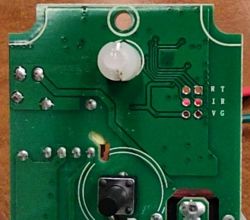
Added after 3 [hours] 23 [minutes]:
It appears that "Touch Switch US (Hidin Tech)" in the tear down list is nearly identical to my switch but, when I click on the link for the tear down, it just takes me back to the full list. Am I doing something wrong?
Also the pin layout appears to be 2mm spacing and I only have 0.1" headers so I have soldered temporary wires for flashing. Just need to figure out how exactly to do that.
Thanks
I am using Windows, I have a USB to serial 3.3 Volt adapter and have downloaded OpenBK7231T_App and hid_download_py. I also have Python 3.11 installed on my computer. However, after attempting to follow numerous tutorials, I just can't figure out exactly how to install the new code and then flash the chips.
Any chance I can get a more detailed explanation, I would really like to flash these new chips with your software.
Thanks.
Bob

Added after 3 [hours] 23 [minutes]:
It appears that "Touch Switch US (Hidin Tech)" in the tear down list is nearly identical to my switch but, when I click on the link for the tear down, it just takes me back to the full list. Am I doing something wrong?
Also the pin layout appears to be 2mm spacing and I only have 0.1" headers so I have soldered temporary wires for flashing. Just need to figure out how exactly to do that.
Thanks




